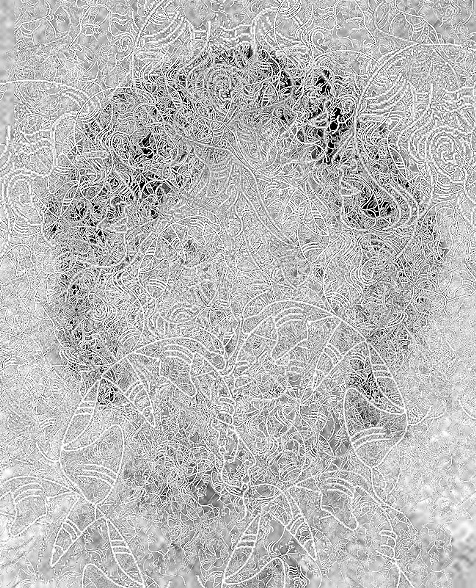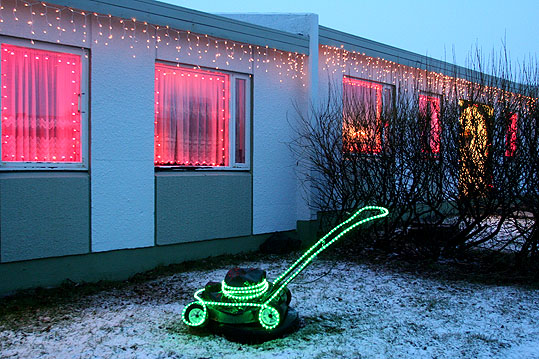The collector turned art dealer, Mark Pearson, opened his gallery Zen Foto in Tokyo earlier this year. The gallery's focus is on contemporary Chinese photography and the next exhibition will be a solo show of a young photographer originally from Chongqing who is now living in Chengdu. I am aware that this is a gross generalisation, but I have struggled with a lot of contemporary Chinese photography. Not to get too theoretical here, but a photographer (who shall remain unnamed) once remarked to me that Chinese photography seemed to go straight from pre-modern to post-modern, a transition that made it kind of rootless. Whether this is true or not, at the height of the Chinese contemporary art boom when foreign collectors and dealers were buying up entire galleries without even knowing the names of the artists they were getting, I could not understand why a lot of this stuff was deemed to be so exciting. I found much of it to be overly conceptual, or just plain over-the-top, but perhaps that speaks more to my taste for subtlety. That said in a country like China there are always a significant number of exceptions to any rule and Muge is one of them.
His series Go Home on his hometown documents the changes wrought by the construction of the Three Gorges Dam downstream from Chongqing on the Yangtse River. His shots from around the city show why it is has become known as the "Fog Capital", it seems to hang thick in the air across the whole city. Everything about these photographs is muted, from their tone to the atmosphere that they convey. The fog that clouds the entire city is accompanied by an uncomfortable sense of expectation, as if its inhabitants have resigned themselves to some distant, uncertain fate. Unfortunately the scans on Muge's site are not so great, but I will definitely be stopping by to see the prints if I make it to Tokyo soon.




